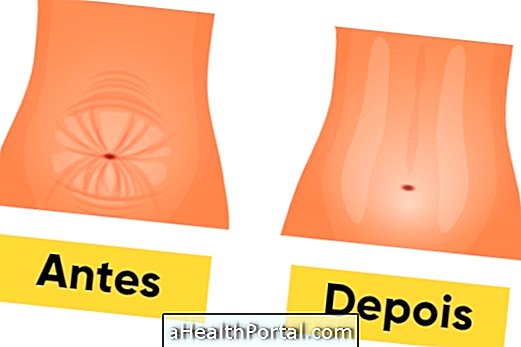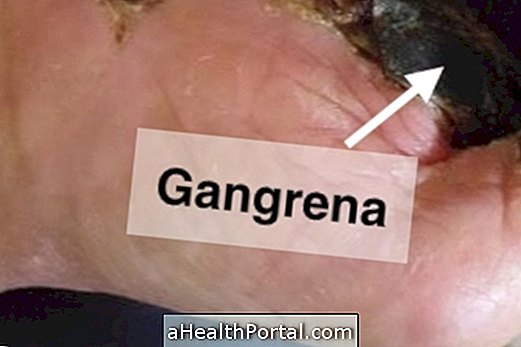The mini abdominoplasty is a plastic surgery that helps to remove a small amount of fat located in the lower part of the belly, between the navel and the intimate region, being indicated especially for those who are thin and have accumulated fat in this region or have a lot of flaccidity and stretch marks, for example.
This surgery is similar to abdominoplasty, but it is less complex, has a faster recovery and has few scars, because only a small cut is made in the belly, not moving the belly button or sewing the muscles of the abdomen.

Surgery price
The mini abdominoplasty costs approximately 3 to 5 thousand reais, but the value may vary according to the selected clinic, the surgeon, the length of stay and the type of anesthesia used.
How is it done?
The mini abdominoplasty can be performed under general or epidural anesthesia, lasting in average 2 hours. After this, the plastic surgeon makes a cut in the lower part of the belly, which is usually small but may be larger, the larger the area to be treated. Through this cut, the surgeon can burn the excess fat and eliminate the localized fat that was modifying the contour of the belly.
Finally, the excess skin is removed and sutured, stretching all the skin and reducing the sagging that existed in the bottom of the belly.
How is recovery
The postoperative mini abdominoplasty is faster than a classic abdominoplasty, however it is still necessary to have some similar care, such as:
- Wear abdominal straps throughout the day for approximately 30 days;
- Avoid efforts in the first month;
- Stand slightly bent forward for the first 15 days to avoid reopening of stitches;
- Sleeping belly up for the first 15 days;
It is usually possible to return to day-to-day activities about 1 month after surgery, with at least 20 sessions of manual lymphatic drainage being performed on intercalated days beginning 3 days after surgery. Here's how to recover well in: Post-operative abdominoplasty.
Possible risks of surgery
The mini tummy tuck surgery is quite safe, however, it has some risks like:
- Scar infection;
- Reopening of points;
- Seroma formation;
- Bruises.
To reduce this type of risk, one must have surgery with a trained and accredited surgeon, as well as follow all the recommendations for the pre and postoperative period.




















